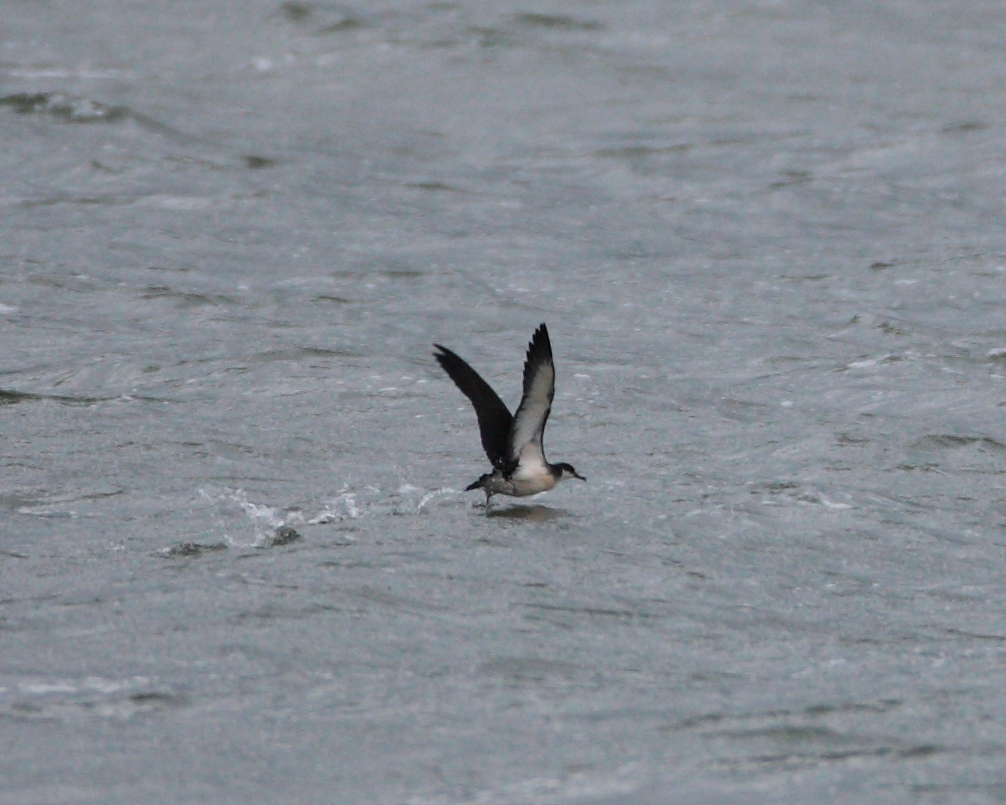Blagdon Lake Birds
Manx Shearwater Puffinus puffinus (Brünnich, 1764)
(Extremely rare wind-blown PM)

- One, not aged, 7th Sep. 2011 (S. Kidd, N.R. Milbourne et al. Photographed.).
The Manx Shearwater breeds in the north Atlantic, with major colonies on the Atlantic coasts of the United Kingdom and Ireland. Colonies are also present on Iceland, islets off Massachusetts (USA) and Newfoundland (Canada), as well as on the Azores, Portugal and the Canary Islands, Spain. It undertakes transequatorial migration, expanding the range in winter to include the Atlantic coast of South America below the equator and the south-west coast of South Africa.
In Europe (which covers >95% of the breeding range), the breeding population is estimated to be 350,000-390,000 breeding pairs, equating to 1,050,000-1,170,000 individuals (BirdLife International 2004). Brooke (2004) also estimated the global population to be at least 1,000,000 individuals.

This marine species is mainly found on waters over the continental shelf, feeding ostensibly on small shoaling fish but also on some squid, crustaceans and offal. Prey is caught mainly by pursuit-plunging and pursuit-diving, either alone or in small flocks. Breeding starts in March, forming colonies on coastal or offshore islands, nesting in burrows (del Hoyo et al. 1992).
Manx Shearwaters are rare inland, usually occurring only after gales.
While I was watching a Grey Phalarope Phalaropus fulicarius at the Fishing Lodge, a couple of fishermen came in off their boat for lunch and wanted to have a look at it through my scope. Then, one of them, Simon Kidd, told me they had seen a shearwater sitting on the water during the morning off Green Lawn. I showed Simon my field guide and he said he was sure that's what it was, so somewhat incredulously, I went for a look and sure enough there was a Manx Shearwater Puffinus puffinus still sitting on the water! During the late afternoon, a 1st-winter Black-headed Gull Chroicocephalus ridibundus buzzed the shearwater a few times causing it to fly and dive, but as it appeared to be in good condition the gull moved on quickly. It left the reservoir overnight, hopefully back to sea.
Bibliography (sources of information):
- BirdLife International (2012). Species factsheet: Puffinus puffinus. Downloaded from http://www.birdlife.org on 11/12/2012.
- British Ornithologists' Union (BOU) website
- British Trust for Ornithology (BTO) website
- Rose, Dr H.E. (ed.). Avon Bird Report, 2011. Avon Ornithological Group.